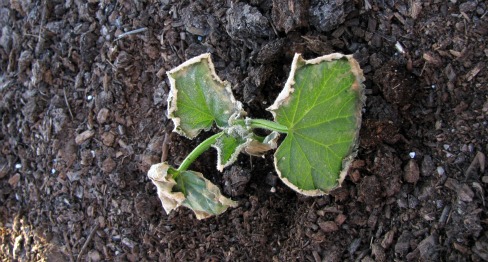
This is the time of year I get interesting pleas for help from my friends.
“Dee, my cucumber plants look like they are dying. What do you think I did wrong?”
“Dee, there is something wrong with my pepper plant! I think I need to replant it. What do you think I should do?”
“Dee, when you have a minute – can you look at my garden?”
It’s flattering that they seek my advice. My friends assume that since I am a master gardener, write a garden blog, and a have a college degree in agriculture, I should know exactly what is wrong with their plant and have the answer to fix it! Boy have I fooled them! No, I don’t know all the answers (shh, don’t tell my kids or husband that I admitted it) but I do know what to look for and where to go for answers.
Seriously, I have had three calls in two days and yes, I am eager to investigate and help a fellow gardener and friend. If they are having problems, there is certainly something that I can learn and apply to my garden knowledge.
We begin our garden season by planting tiny little plants (transplants) with tiny little root systems and expect them to withstand all that the environment can throw at them. The culprit of my friend’s garden stress is environmental stress. Environmental stresses include: drought, wind, temperature extremes, compacted soil, water-logged soil, and poor quality transplants. In the past two weeks, our zone has had temperature extremes and high winds. Not surprising that the little transplants are now curled up and bent over with crispy leaves.
There are a few things that can be done to reduce environmental stress on a transplant.
- Purchase high quality plants and harden them off before planting.
- Plant in a well-drained garden that contains soil high in organic matter.
- Water the garden evenly and fertilize after transplanting.
- Protect from the wind and temperature extremes. A cheap and effective way is to use a one gallon plastic milk jug with the bottom cut off and the lid removed. When winds are high and temperatures are low, this is a great way to protect your new transplants.
Now, if I could only create a list of things to reduce the stress in my life!





Great stuff!
Did you take that picture in my backyard? My little cukes are sad! Thanks for the advice!
Great tips! I was just about to email you and ask you a question about my garden 🙂 Love ya!